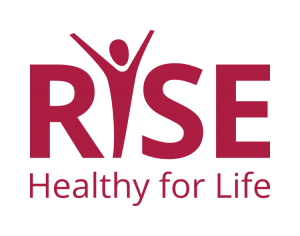Virtual Professional Development is a simulated classroom where teachers can practice teaching student avatars using short scenarios and support from an instructional coach, so they can quickly learn and master the skills they most need to be effective. With upper elementary, middle and high school classrooms, Virtual PD has scenarios for teachers of all grade levels across a wide range of topics aligned with the Professional Learning Standards for Sex Education (PLSSE). You can watch the video here (link is external) to learn more about Virtual PD.
Using the Virtual Professional Development classroom simulator, the educator will practice Tailoring Lessons to Meet Age and Developmental Levels with the student avatars. In this scenario, the educator has recently noticed an increase in inappropriate touching happening in the hallways at school. So the participant decides to address this issue through a lesson on personal boundaries with their students. The participant will read various situations aloud asking students whether these situations would violate their personal boundaries or not. The participant will need to demonstrate the ability to analyze and tailor lesson plans to match the age and developmental stages of their students.



